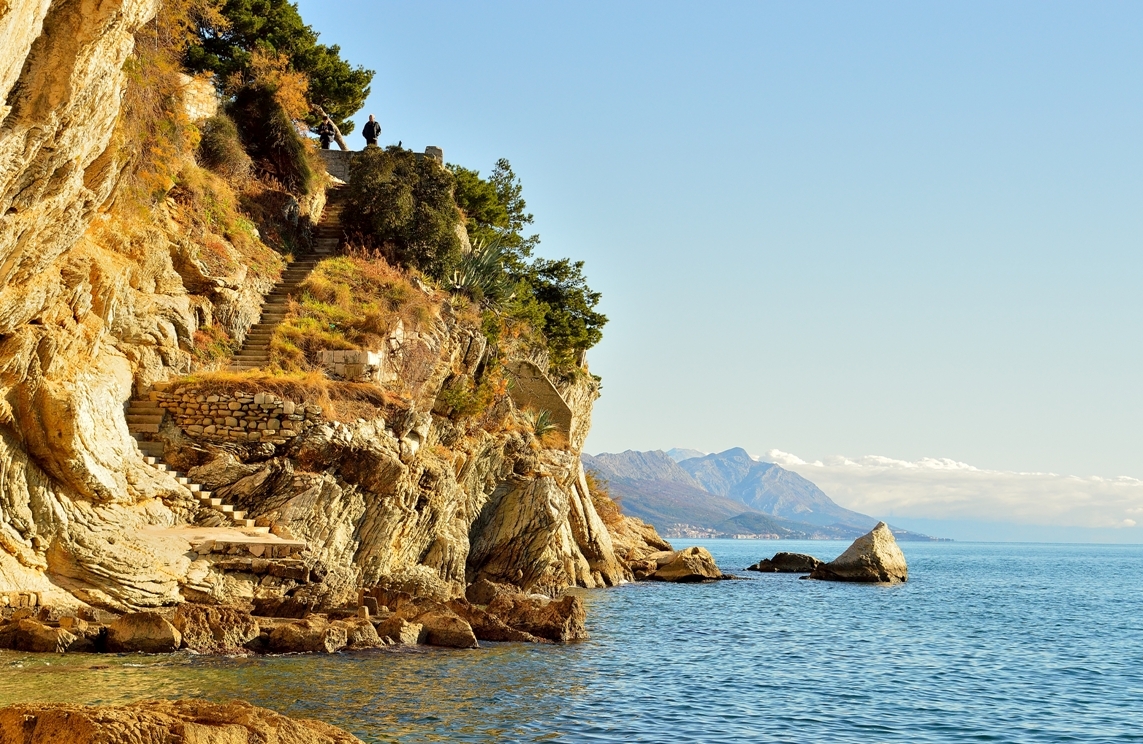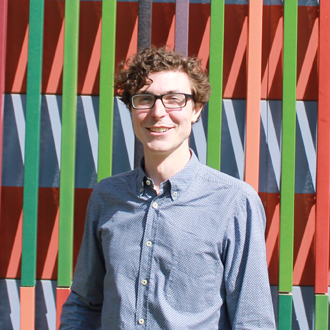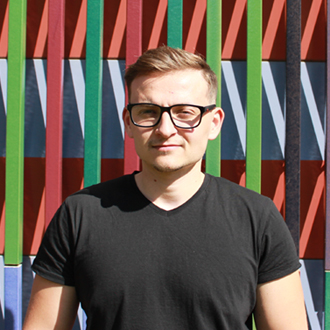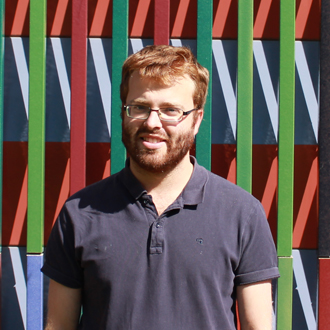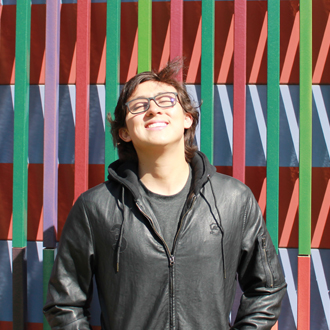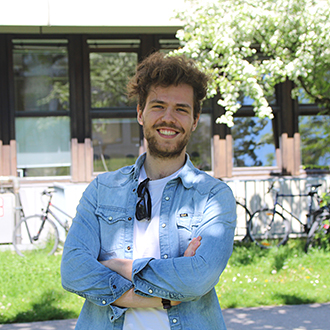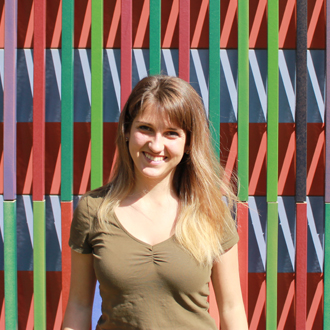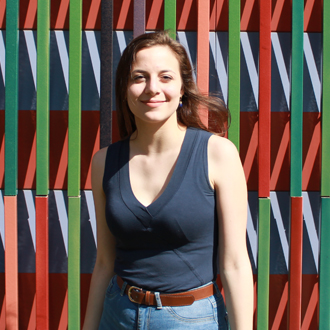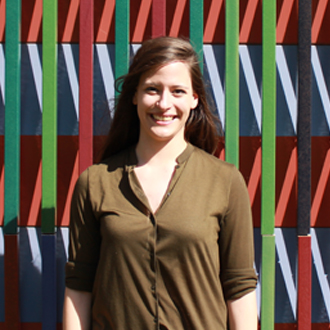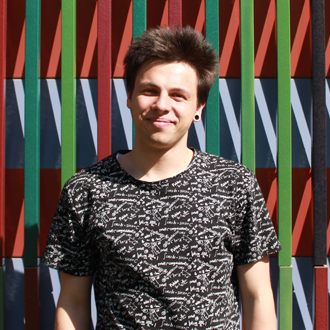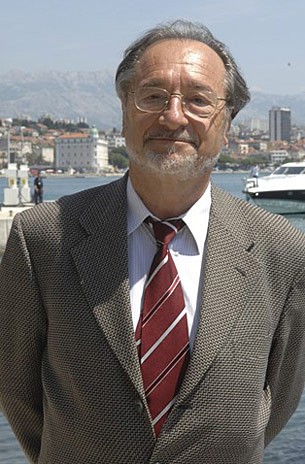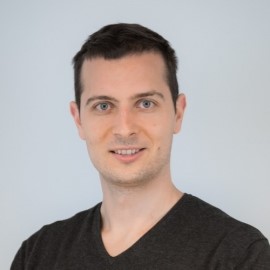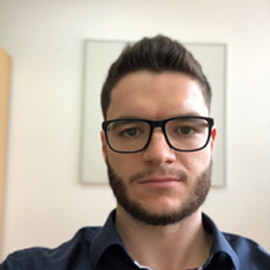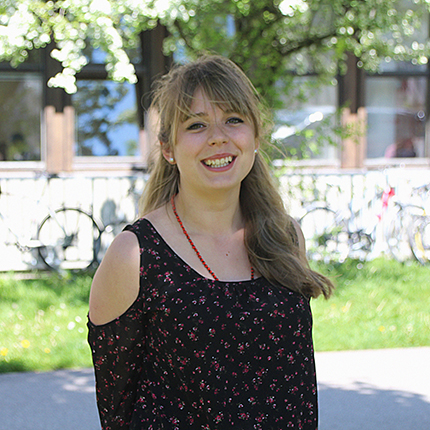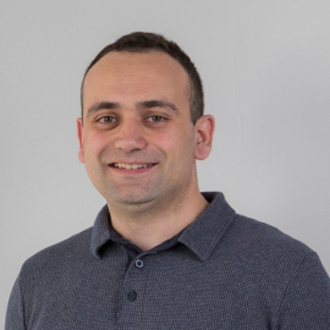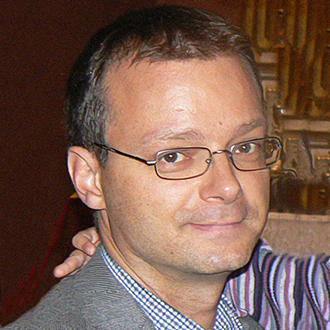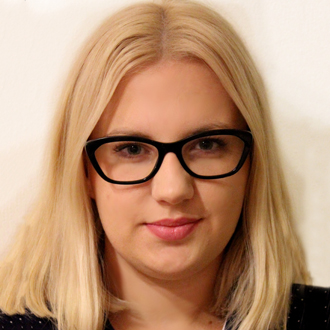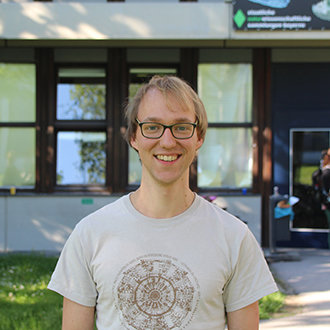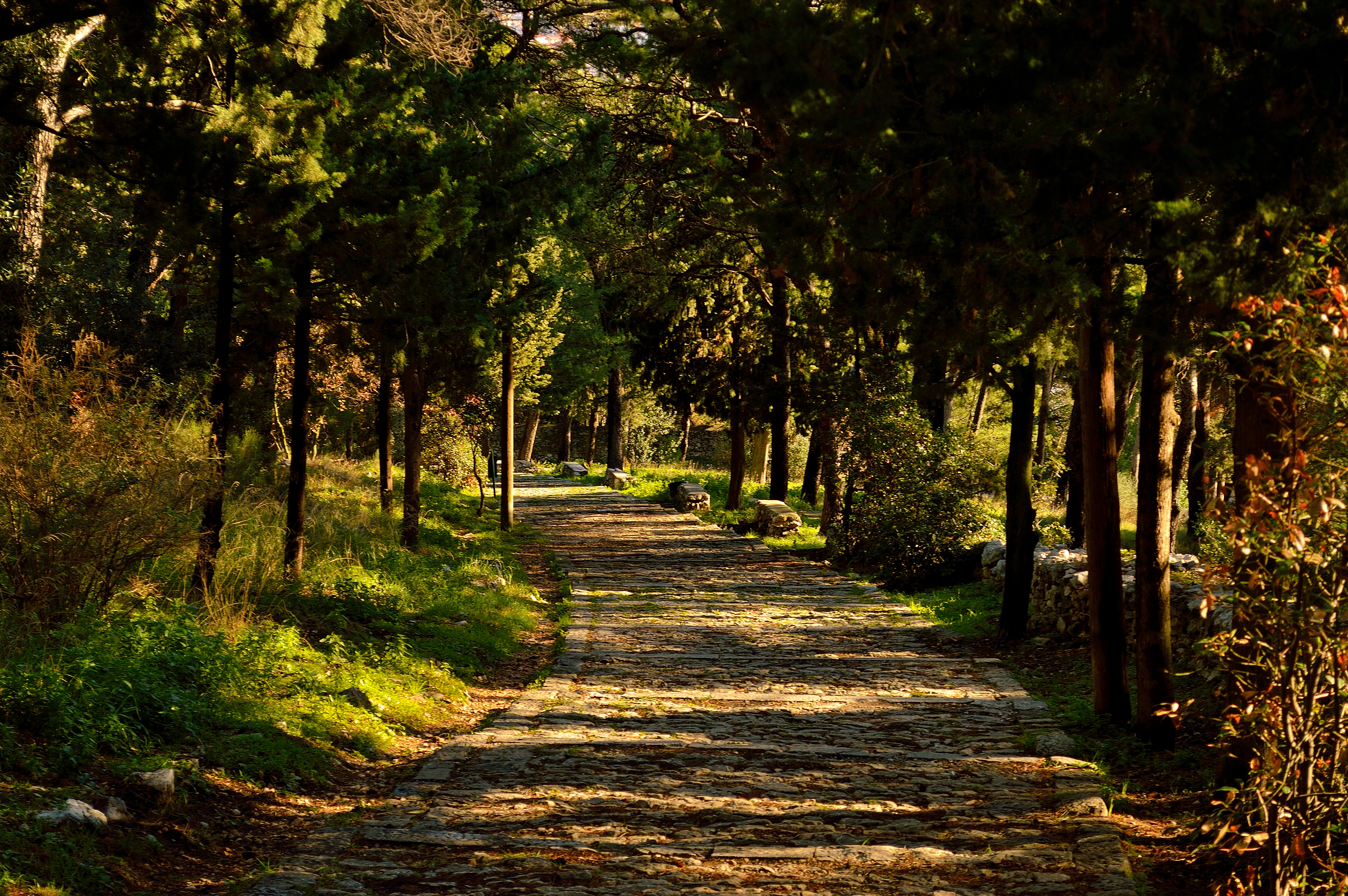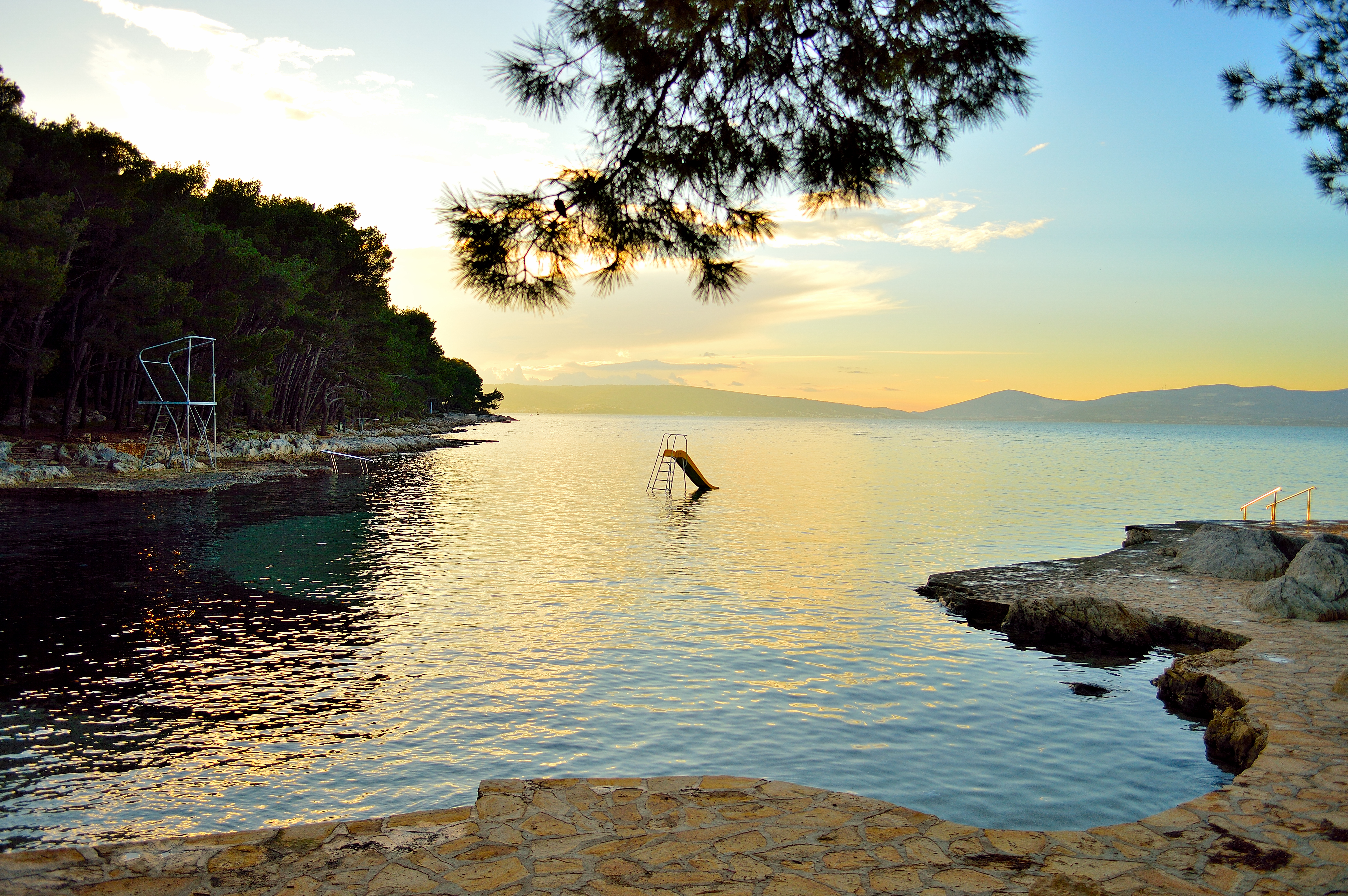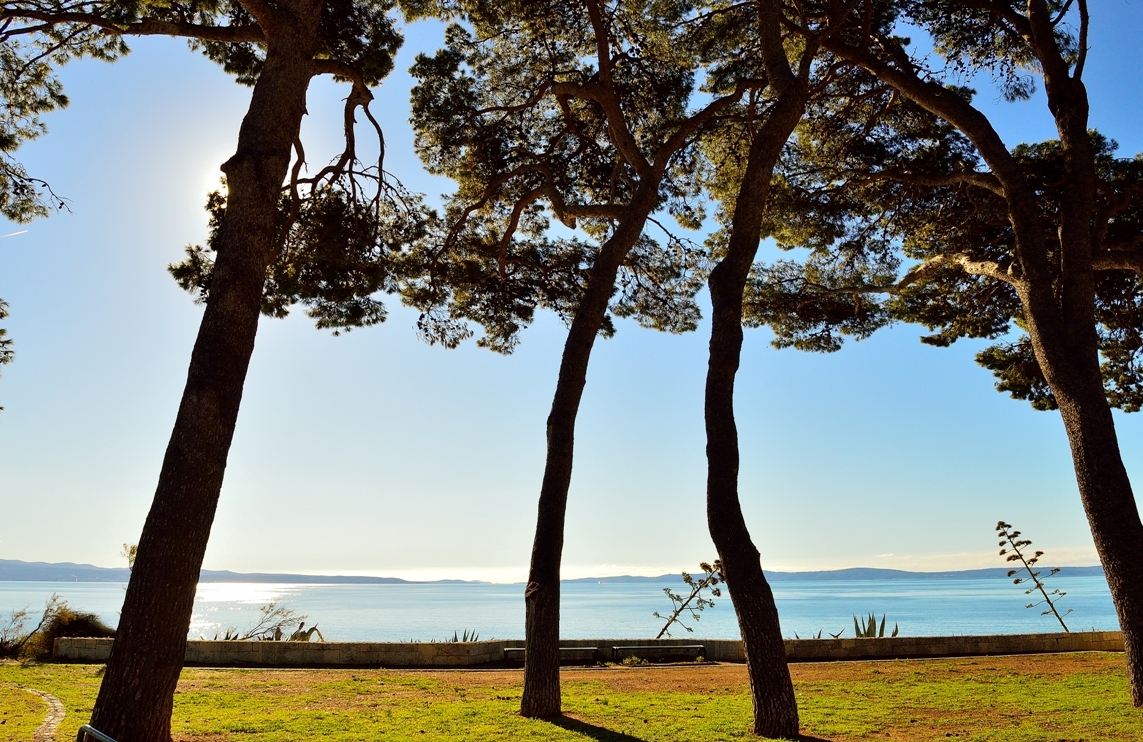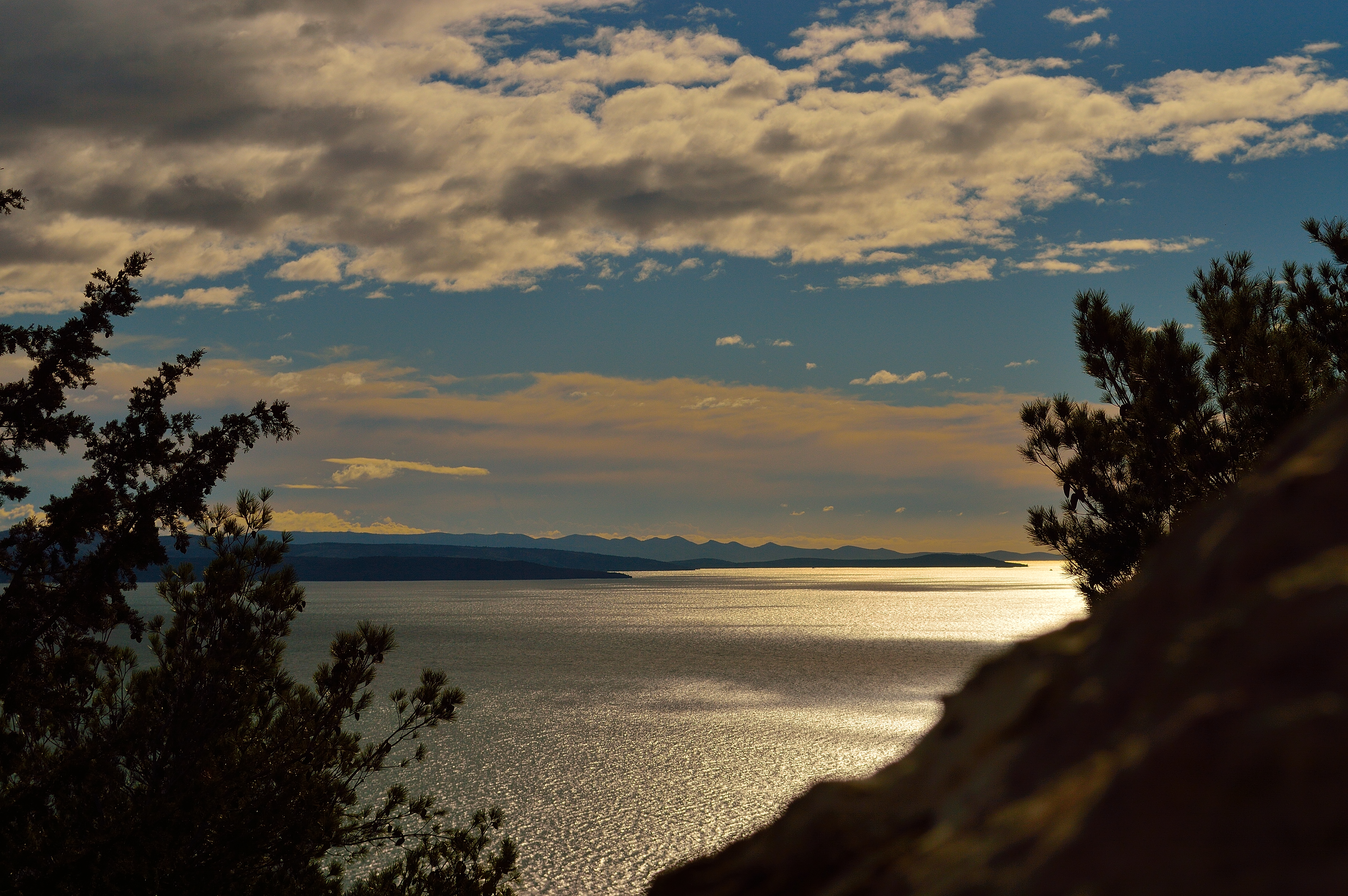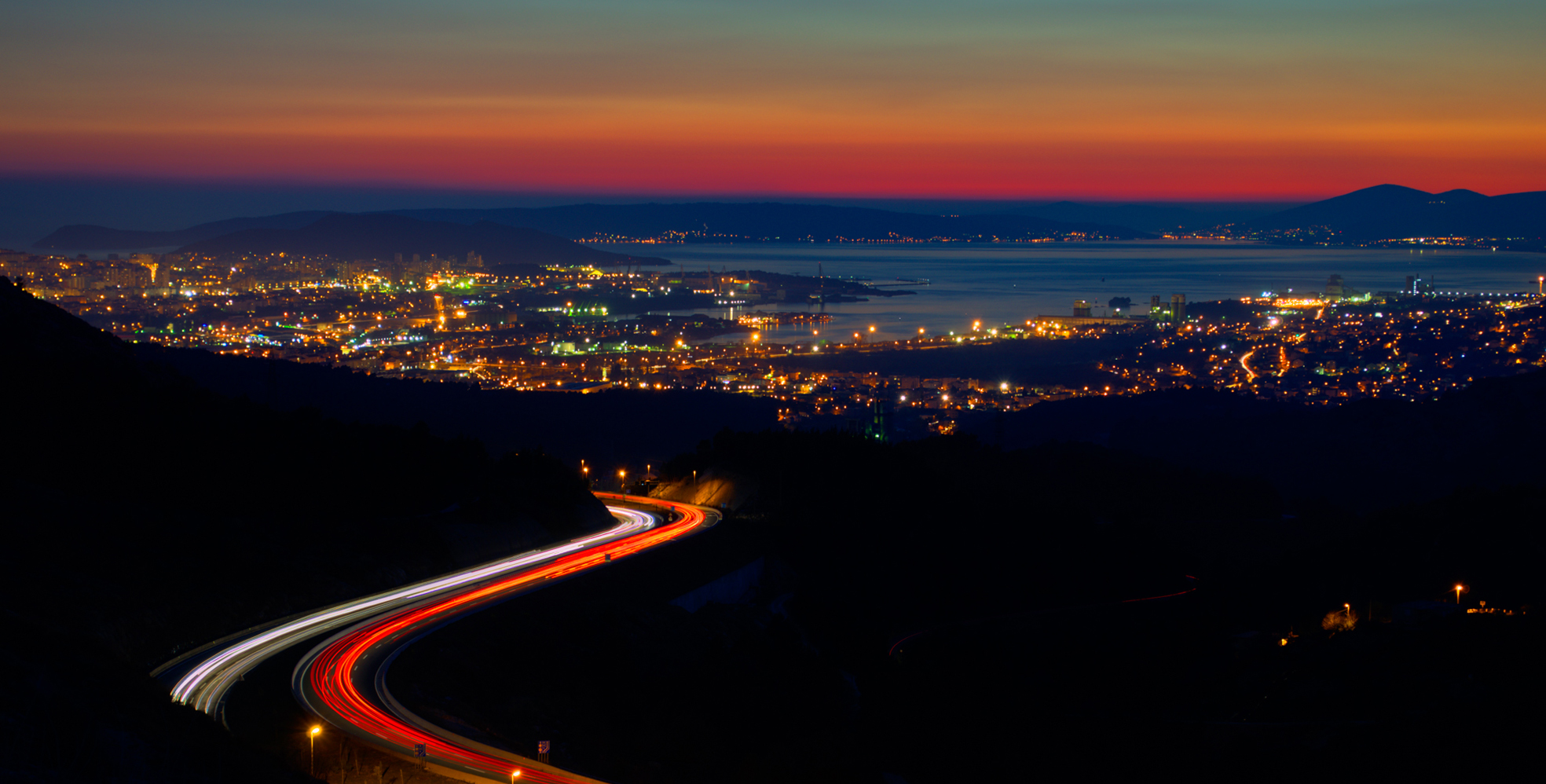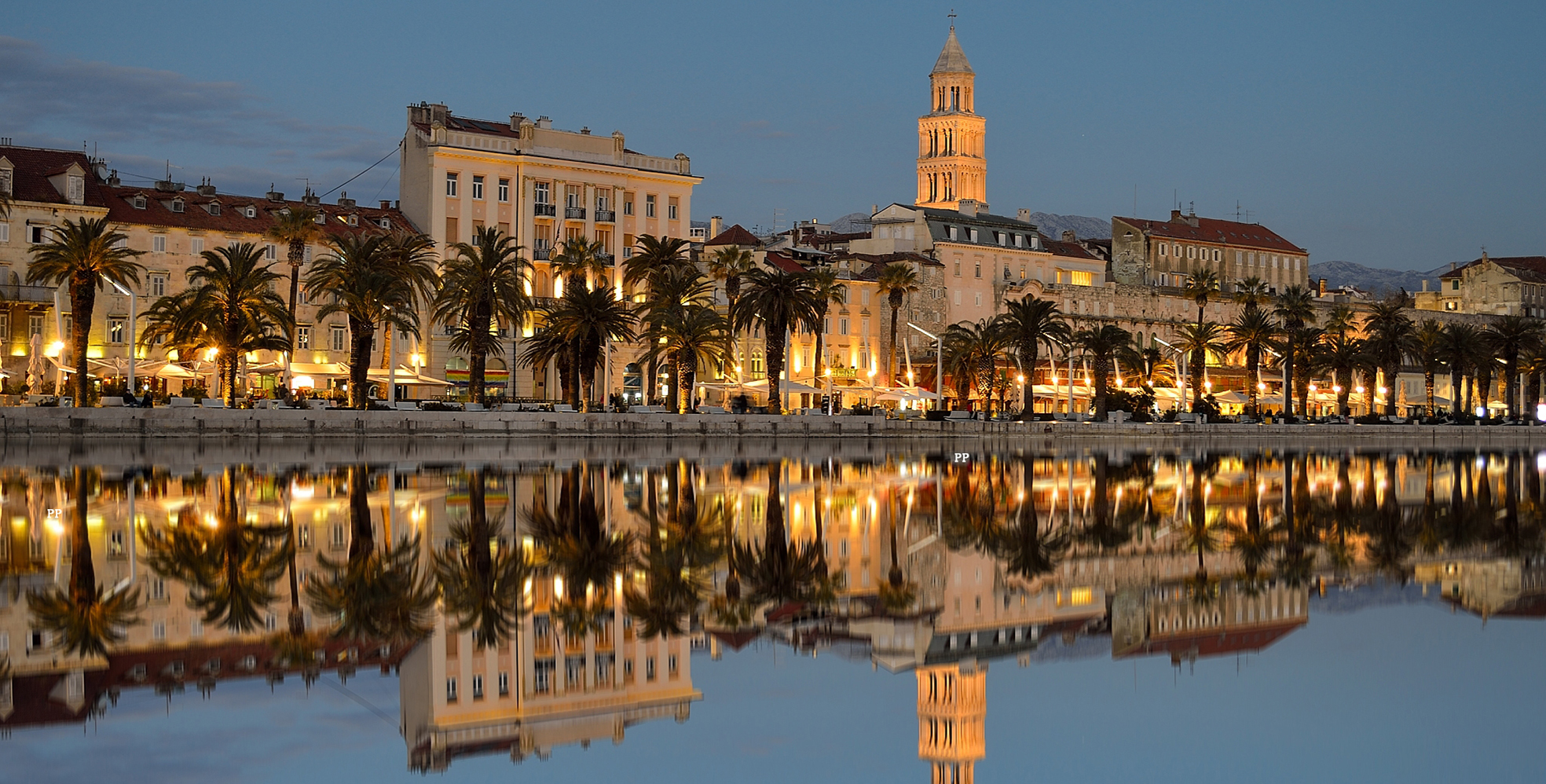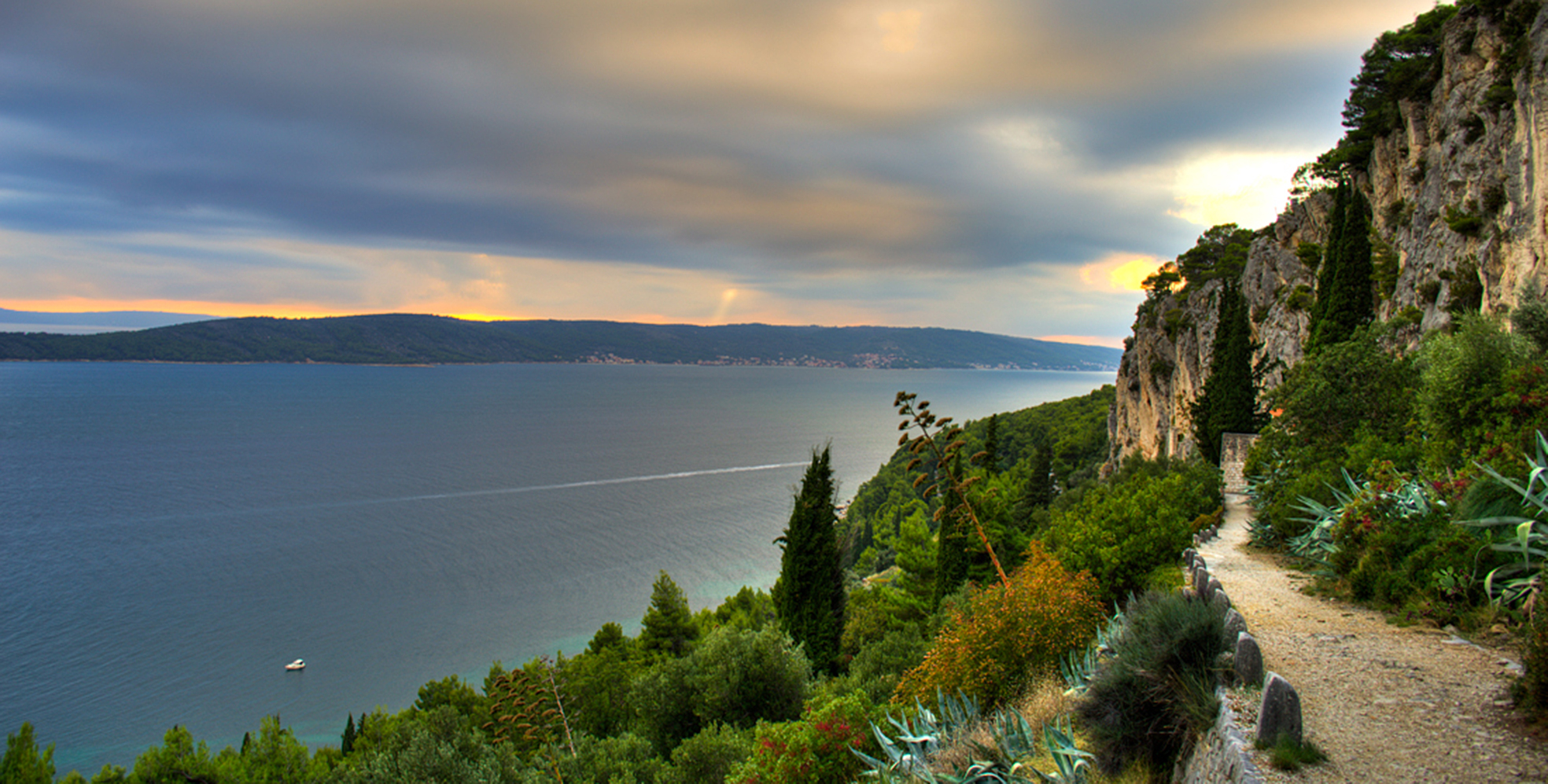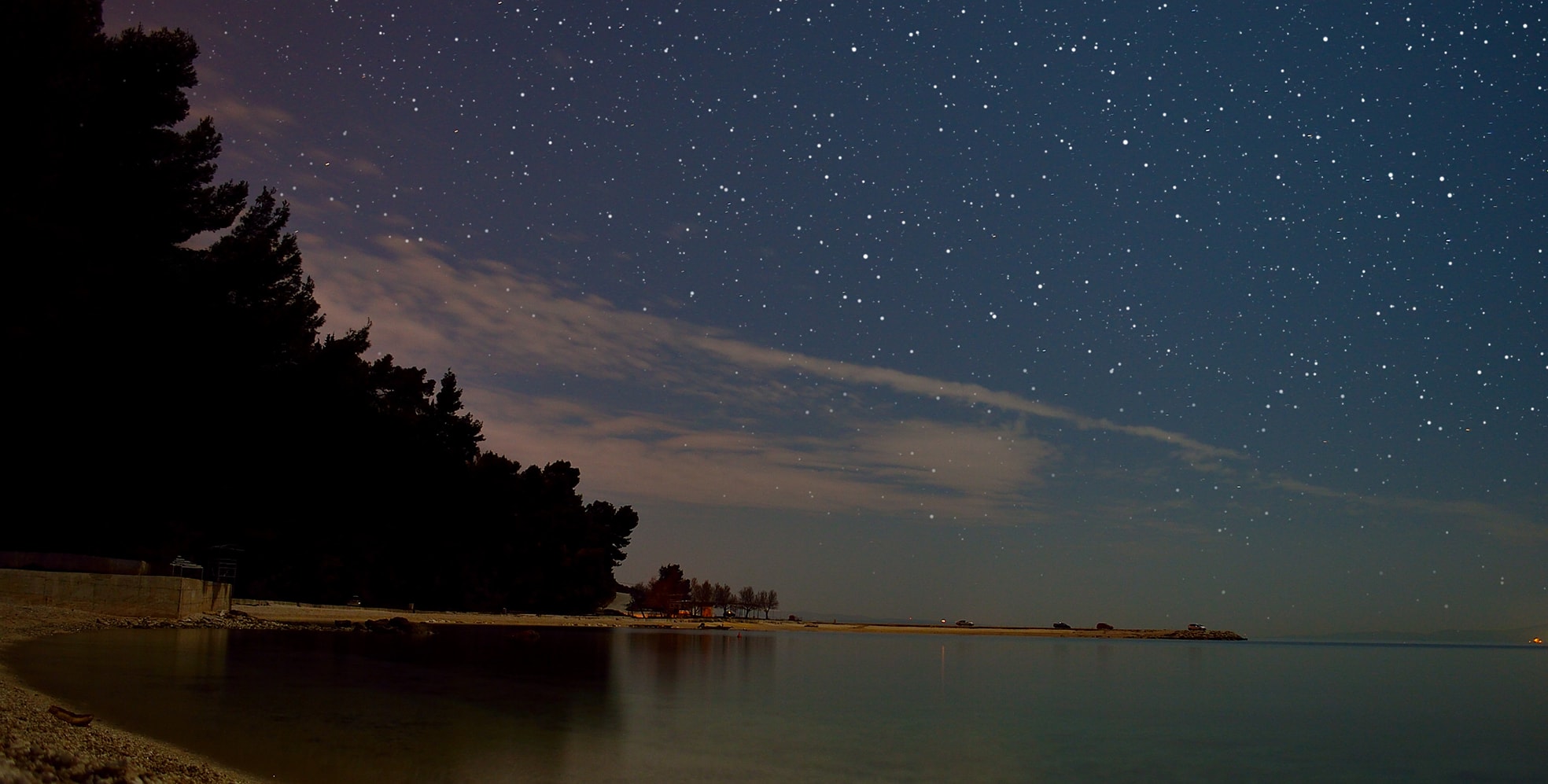About Us
Students to Students Split Summer School is organized by students of the Elite-MSc course "Theoretical and Mathematical Physics" at LMU and TU Munich in collaboration with the University of Split. The main idea behind this unique project is that, as the name implies, students teach students. By setting lecturers and students on the same level we do not only improve the mutual understanding, but furthermore allow for more vivid discussions and make the advantages of international cooperation in science available to students.
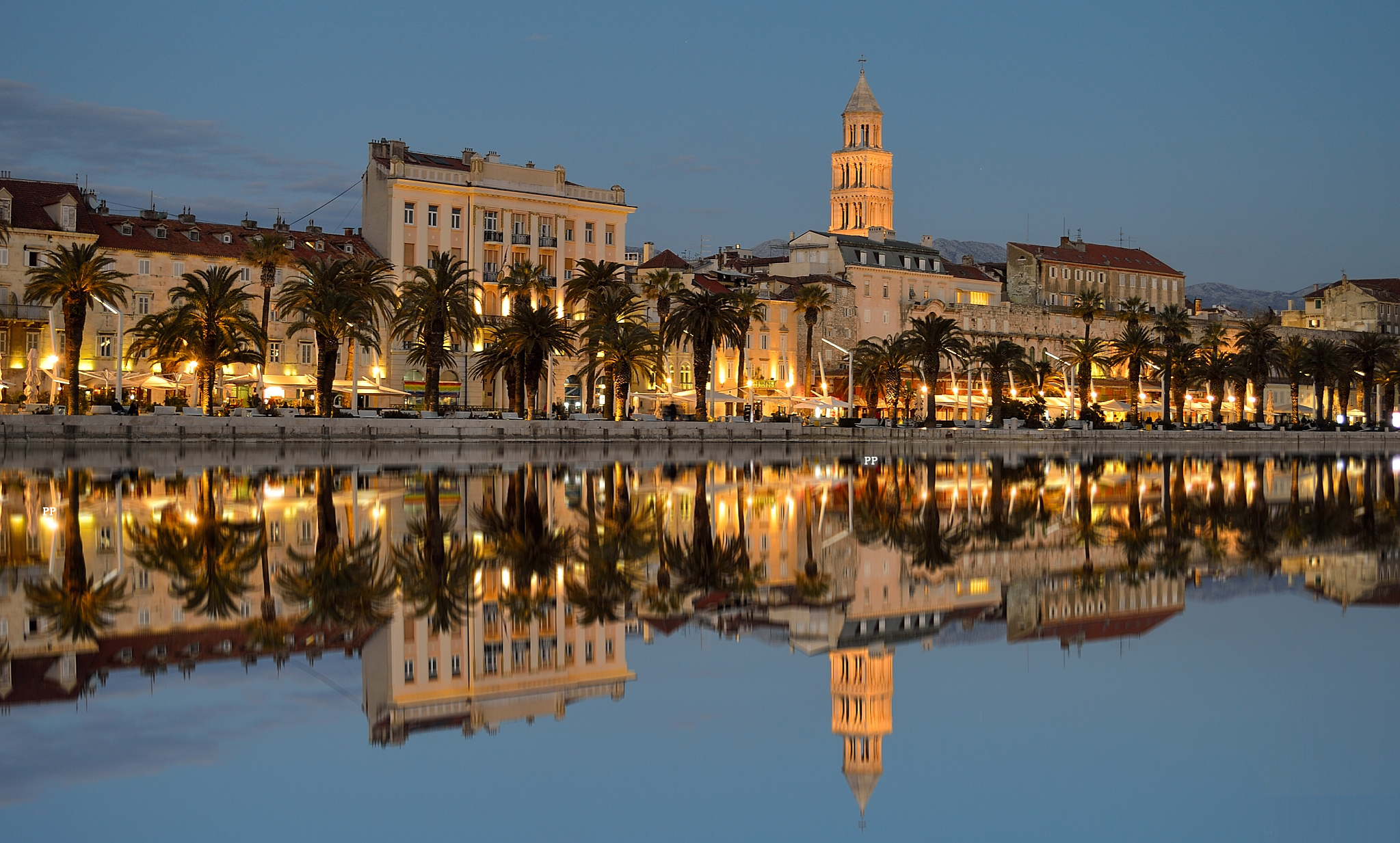
The talks and discussions that will form the School can roughly be classified into three topics:
- Elementary Concepts of Theoretical and Experimental (High Energy) Physics
- The Standard Model of Particle Physics
- Current Research
What is Our Goal?
After we dealt with the interplay of mathematical and theoretical physics last year, the School in 2018 will adress the interplay of theoretical and experimental physics, in particular in the field of Quantum Field Theory and Particle Physics. Thereby we will cover not only basics, allowing it also advanced Bachelor and ongoing Master students of theoretical as well as experimental physics to take part, but also forge a brigde to current research. To enhance the dialogue between the particiants from both experimental and theoretical physics and to encourage them to think outside their used patterns by handling problems outside of their specialization, discussions will play a huge role in the School of 2018. To support the participants in their efforts to form an international network, the Summer School contains many additional activites outside the lecture hall. Not only does the beauty of Split urge all visitors to come together and deepen their new contacts while enjoying a traditional dinner together in the ancient center, also the surroundig nature creates an atmosphere which helps the mind to stay open for new ideas.
